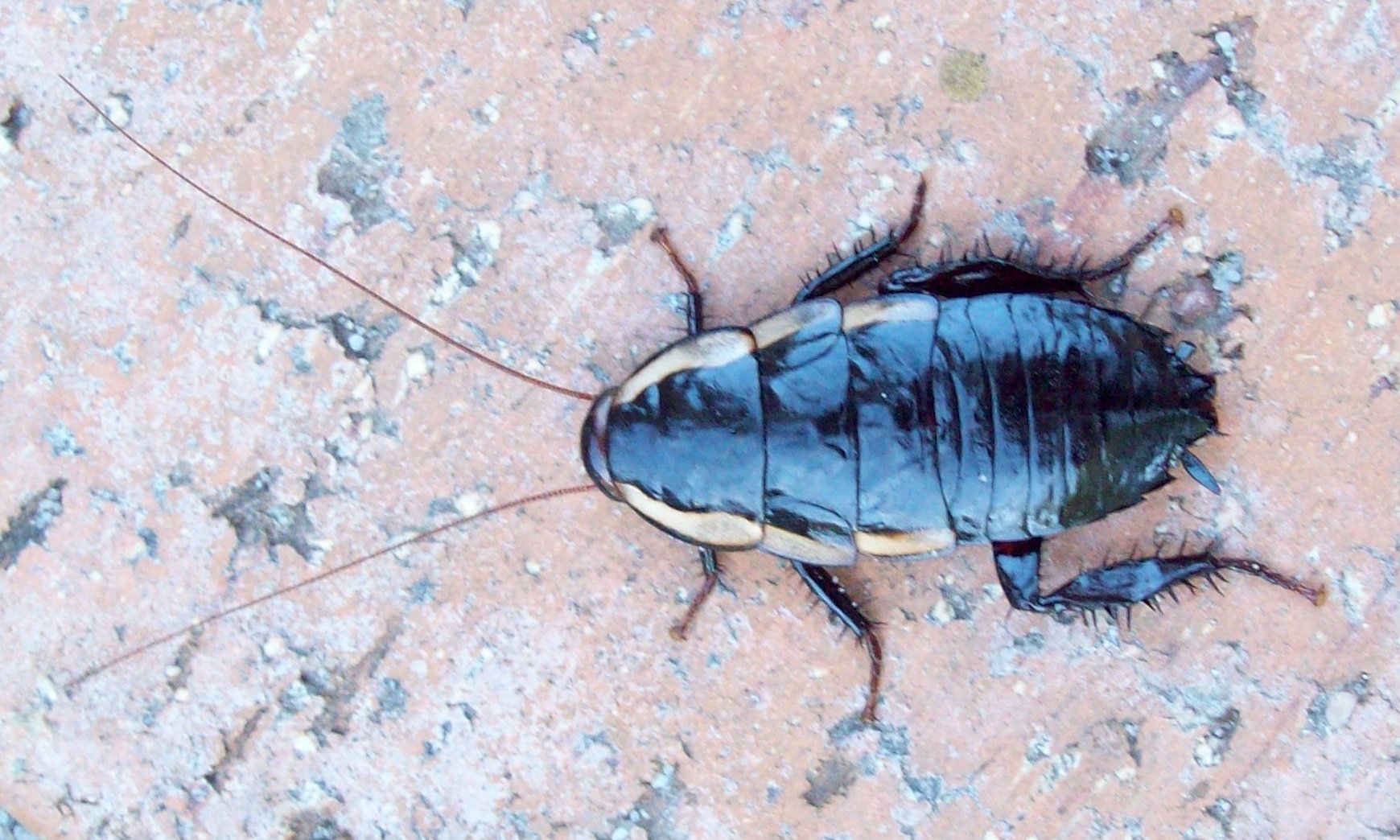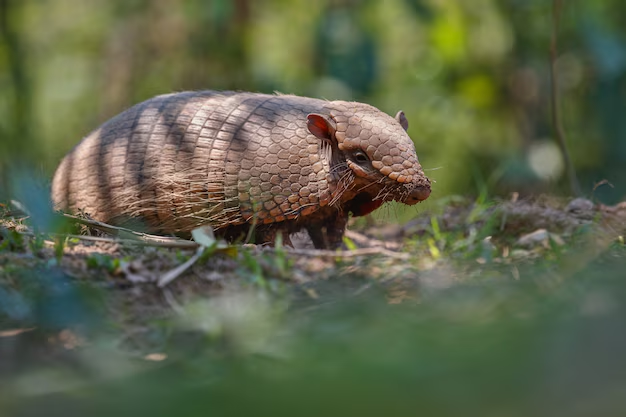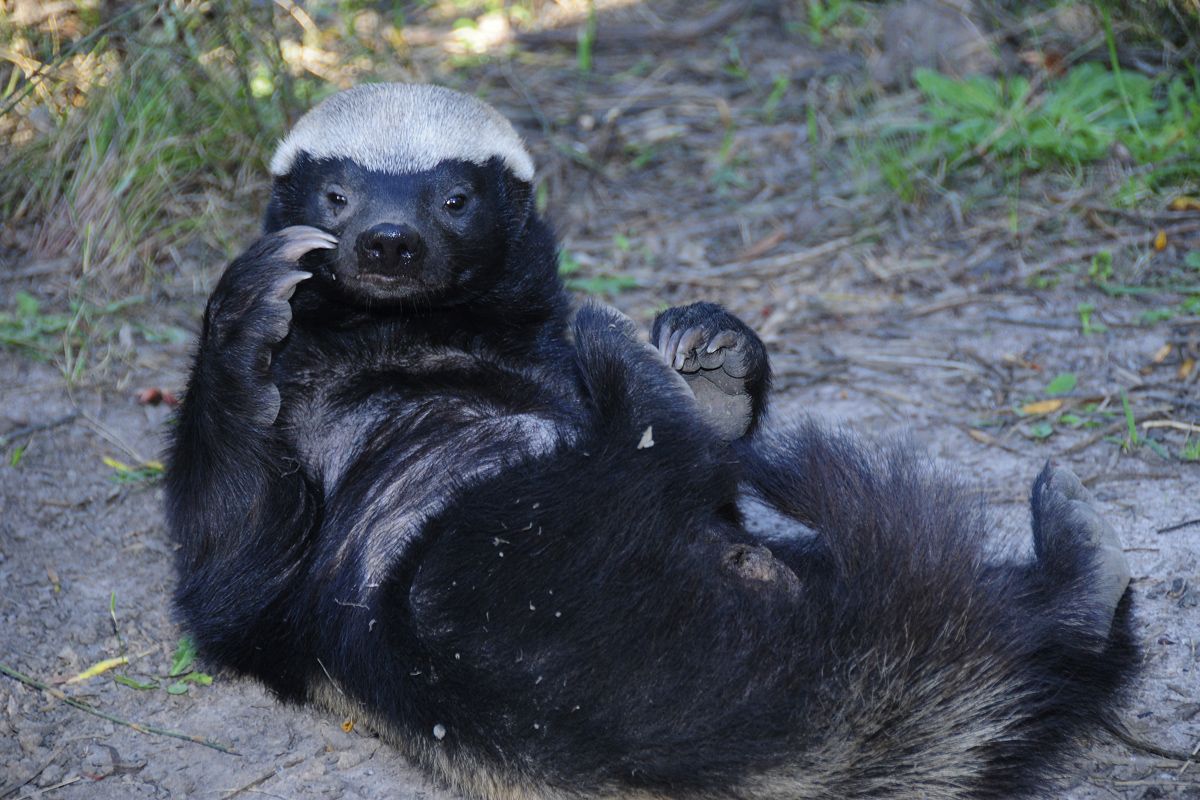Nature has crafted some truly incredible creatures that can survive extreme conditions—whether it be the freezing cold, crushing pressure, radiation, or complete dehydration. From microscopic marvels to resilient reptiles, these animals have adapted to withstand environments that would be fatal to most life forms on Earth. Scientists study these creatures to understand the secrets of survival, and in some cases, their discoveries have led to breakthroughs in medicine, space exploration, and environmental research.
- The Tardigrade: The Ultimate Survivor

Popularly known as the water bear, the tardigrade is a microscopic creature that can endure extreme heat, cold, radiation, and even the vacuum of space. Tardigrades survive by entering a state called cryptobiosis, where they dry out and halt their metabolism. Scientists even sent tardigrades into space on the European Space Agency’s FOTON-M3 mission, where they survived exposure to the vacuum and cosmic radiation.
- Cockroach: The Indestructible Insect

Cockroaches are famous for their resilience. They can survive without food for a month, hold their breath for 40 minutes, and even withstand high doses of radiation. A common myth suggests they could survive a nuclear apocalypse, but while that may not be entirely true, they are certainly among the toughest creatures on the planet.
- Himalayan Yak: Conqueror of Heights

Adapted to the extreme cold and high altitudes of the Himalayas, the yak thrives in temperatures as low as -40°C. Their thick fur and large lungs allow them to survive where most animals would perish. The nomadic tribes of India rely on yaks for milk, meat, and transport, making them invaluable survivors of one of the harshest climates on Earth.
- The Indian Gharial: A Survivor Against Odds

The Indian gharial, a crocodilian species native to Indian rivers, has survived through centuries despite habitat destruction and poaching. Conservation efforts, led by organizations like the Wildlife Institute of India and the National Chambal Sanctuary, have helped bring this species back from the brink of extinction. Indian wildlife conservationist Romulus Whitaker, known as the ‘Snake Man of India,’ has played a crucial role in reptile conservation and has been honored with the Padma Shri award.
- Rüppell’s Griffon Vulture: The Highest Flying Bird

This vulture holds the record for the highest known bird flight at 37,000 feet—higher than Mount Everest. It has adapted to low oxygen levels and extreme temperatures, making it a true survivor of the skies. In India, vultures play a crucial role in maintaining the ecosystem by disposing of carcasses, reducing the spread of diseases.
- The Indian Pangolin: A Tough Survivor

Pangolins are often called the armored warriors of the wild due to their hard, overlapping scales. Despite being highly poached for their scales, efforts by Indian conservationists, including the Wildlife Crime Control Bureau (WCCB), have helped protect them. In 2019, WCCB received the prestigious Asia Environmental Enforcement Award for its efforts in combating wildlife crime, including pangolin smuggling.
- The Honey Badger: Fearless and Unstoppable

Found in parts of India, Africa, and the Middle East, the honey badger is one of the most fearless creatures in the animal kingdom. It can survive venomous snake bites, dig its way out of traps, and take on much larger predators. Its thick skin makes it nearly immune to stings and bites, making it one of nature’s most indestructible warriors.
- The Indian Wolf: Resilient and Adaptable

Unlike its northern cousins, the Indian wolf is adapted to survive in the harsh, arid regions of India. It can go without water for long periods and is an expert hunter. Conservationists like Bilal Habib from the Wildlife Institute of India have worked to study and protect this species, ensuring its survival in a rapidly changing environment.
Real-Life Success Story: Protecting the King Cobra
One of India’s most remarkable wildlife conservation efforts revolves around the King Cobra. The Agumbe Rainforest Research Station (ARRS) in Karnataka, led by renowned conservationist Romulus Whitaker, has been instrumental in studying and protecting this majestic reptile. Whitaker’s work earned him the Whitley Award, also known as the ‘Green Oscar,’ recognizing his dedication to India’s wildlife conservation.
Conclusion
These incredible animals teach us about resilience, adaptability, and survival. Conservationists and researchers in India and around the world continue to study these creatures to unlock their secrets, protect their habitats, and use their adaptations for scientific advancements. By protecting these animals, we preserve not just their legacy but also the balance of nature itself. The battle for survival is never-ending, but these indestructible creatures remind us of the incredible power of life.




